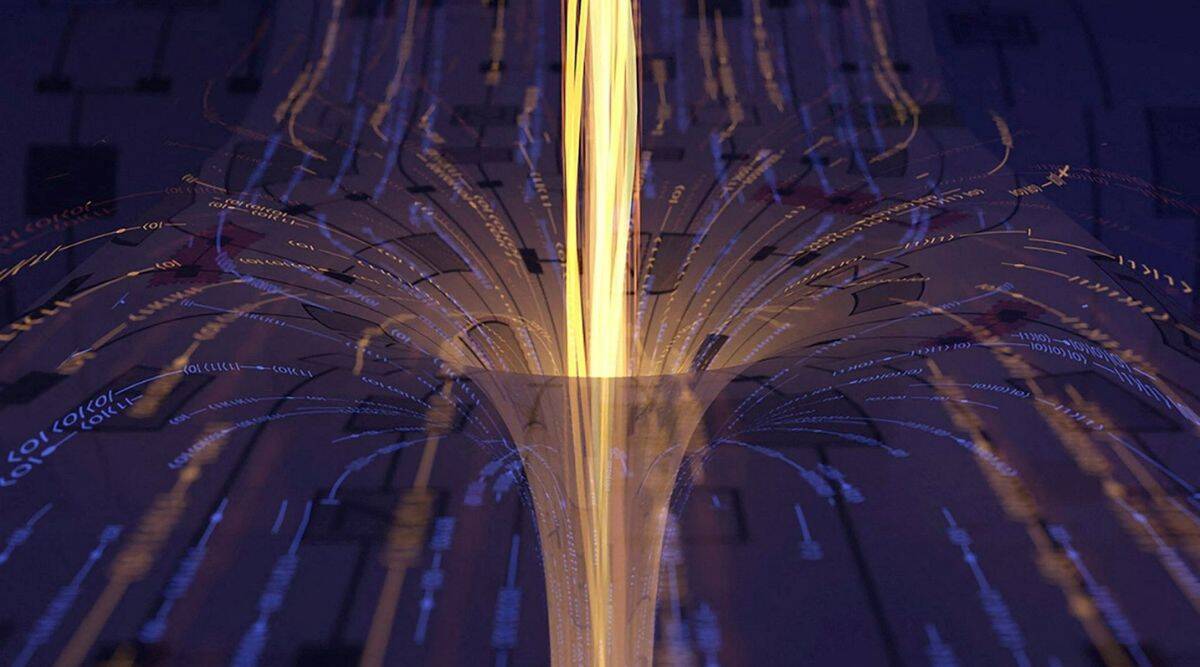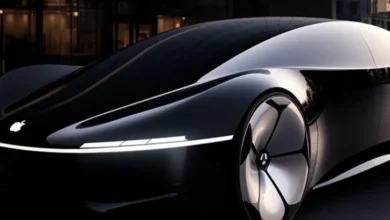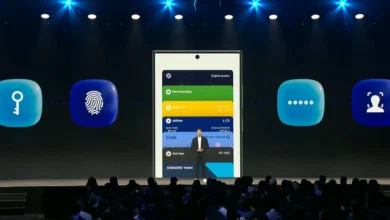Scientists build a ‘baby’ wormhole as science fiction becomes a reality

As seen in films and television shows such as “Interstellar” and “Star Trek, “wormholes in the cosmos allow spacecraft to navigate unimaginable distances easily. The world would be a better place if it were that simple.
It appears that scientists are progressing in their endeavour to gain a deeper understanding of wormholes. A quantum computer has been used to create two small simulated black holes – celestial objects with gravitational forces so powerful that even light cannot escape – and to transmit a message between them via what resembled a space-time tunnel between them, according to researchers published on Wednesday.
In the paper published in Nature, Caltech physicist Maria Spiropulu describes the phenomenon as a “baby wormhole.” Such a portal would not allow people or other living organisms to cross.
For me, it seems very, very far away as an experiment. Some people come to me and ask, ‘Can you put your dog in the wormhole? So, no,” Spiropulu told reporters in a video briefing. “That’s a huge leap.”
There is a distinction between what is possible in principle and what is possible in reality, said physicist Joseph Lykken of Fermilab, America’s particle physics and accelerator laboratory. Do not expect to send your dog through the wormhole any time soon. Nevertheless, it is necessary to begin somewhere. The fact that we can access this is fascinating to me.”
An Alphabet’s Google quantum processor, known as the Sycamore quantum processor, was used to observe the dynamics of the wormholes.
Wormholes are bridges between distant regions in the universe, resulting from a rupture in space and time. In honour of Albert Einstein and Nathan Rosen, scientists refer to them as Einstein–Rosen bridges.
Einstein’s general relativity theory, which focuses on gravity as one of the fundamental forces in the universe, is consistent with wormholes of this type. “Wormhole” was coined in the 1950s by physicist John Wheeler.
Scientists found a quantum system that exhibits the critical properties of gravitational wormholes while being small enough to be implemented on existing quantum computers.
“It looks like a duck, it walks like a duck, and it quacks like a duck.”. This is what we can say at this point – we have what appears to be a wormhole from the properties we examine,” Lykken explained.
As a result of quantum information teleported using quantum codes on the quantum processor, the researchers did not observe a rupture of space and time in physical play during the experiment. However, a traversable wormhole appeared to have shown up due to quantum information teleported using quantum codes.
Lykken states, “These ideas have been around for a long time and are mighty.”
We are in experimental science, and we have been struggling for quite some time now to find a way to explore these ideas in the laboratory. That is what is so exciting about this project. There is more to this than ‘Well, wormholes are cool.’ It is an opportunity to examine these very fundamental problems of our universe in a laboratory environment.



